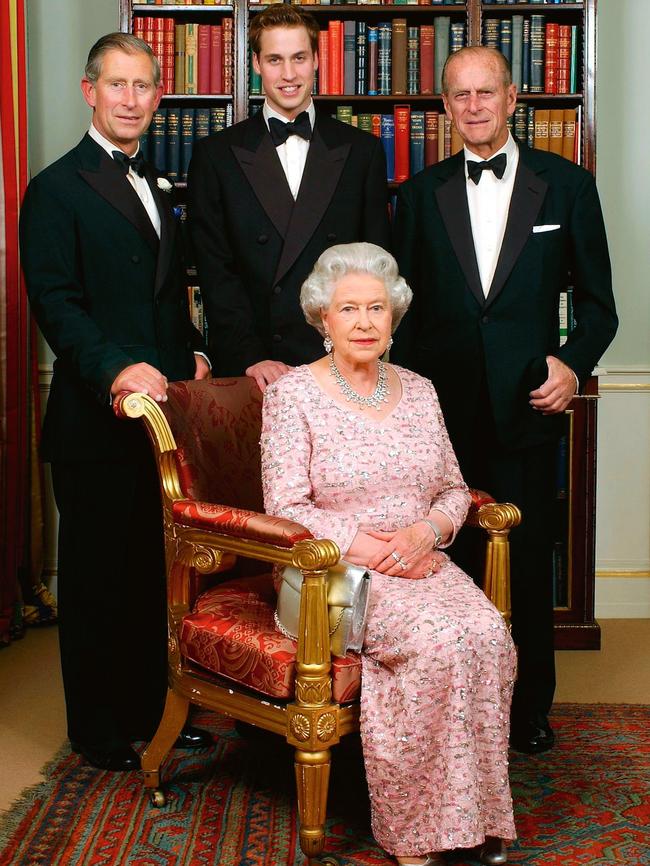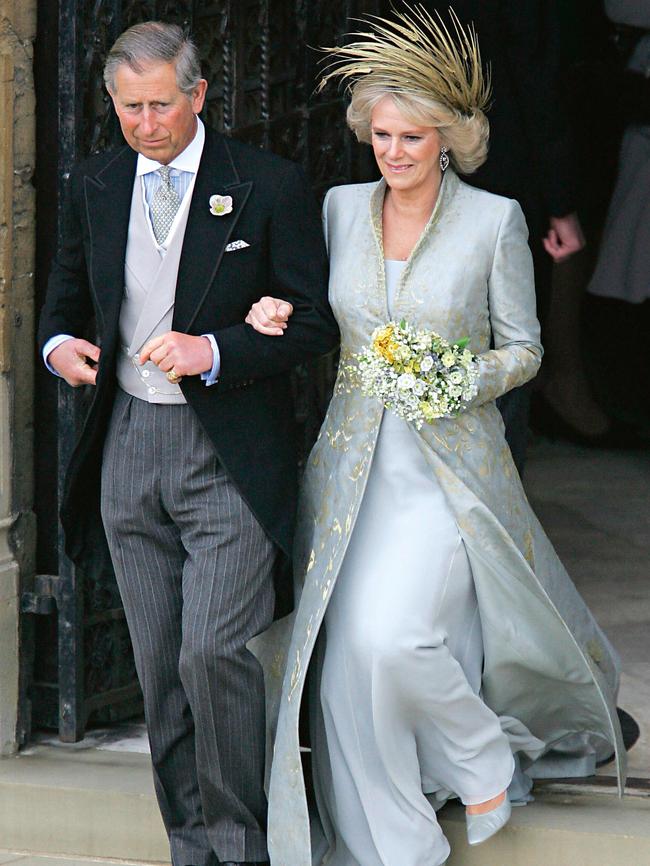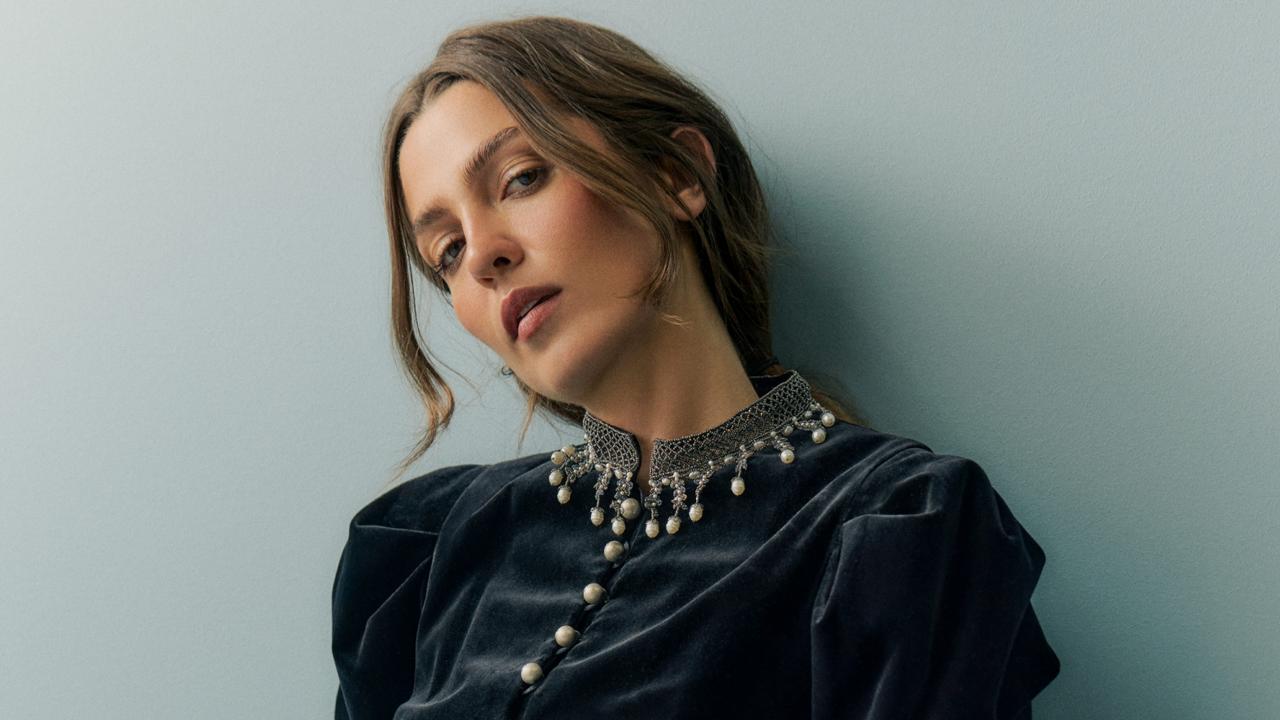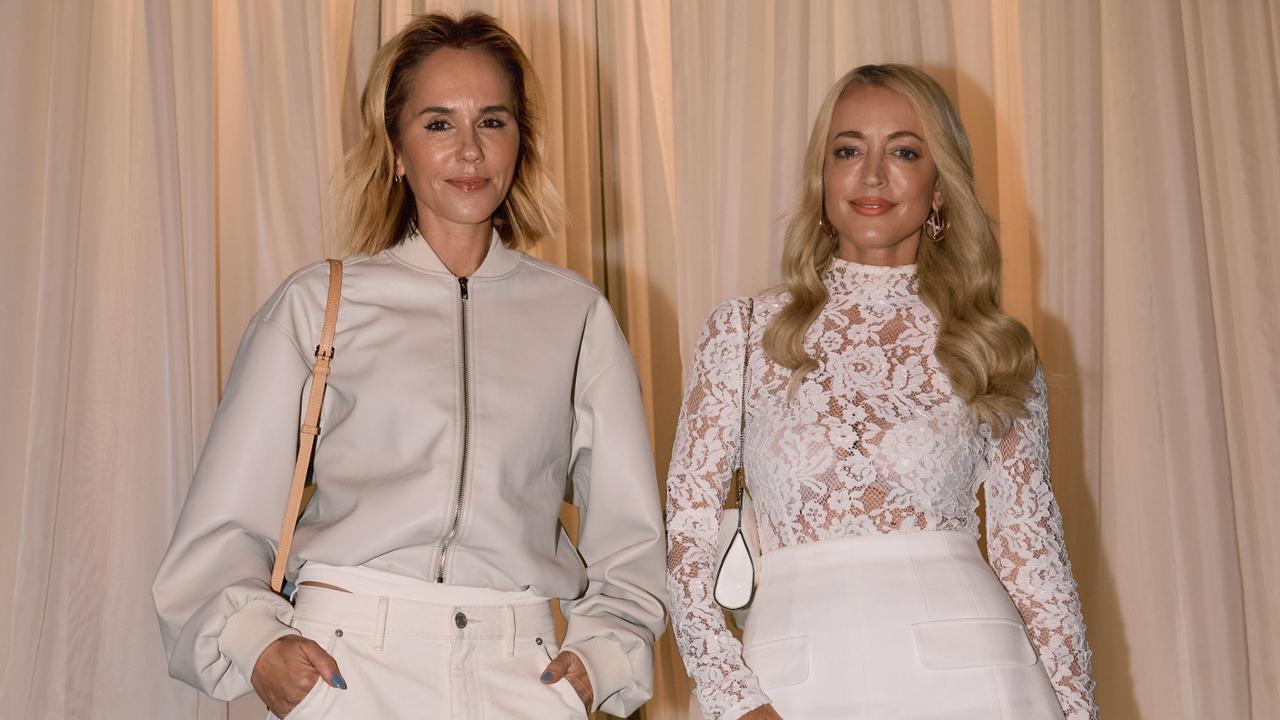The untold story of how Princess Diana snared Charles
DESPITE having serious doubts about his future with the young Diana, a new book reveals how a panicked Charles rushed into a marriage proposal.

Stellar
Don't miss out on the headlines from Stellar. Followed categories will be added to My News.
“WHATEVER ‘in love’ means.” It was Charles’s awkward reply to a simple question posed by a television interviewer following the announcement of the prince’s engagement to Lady Diana Spencer on February 24, 1981.
After Charles said he was “just delighted and happy”, the interviewer had asked, “And I suppose in love?”
Diana instantly replied, “Of course,” with a grimace and an eye roll. When the prince offered his four-word qualification, she fell in line. “Yes,” she giggled. “Put your own interpretation on it,” added Charles after a beat.

Set against his tortured ruminations on the meaning of love and marriage over the years, he was being honest, in his bumbling way, about his uncertainty. His friends knew he hadn’t fallen in love, but that Diana fit Dickie’s [Lord Mountbatten, Charles’s “honorary grandfather”] ideal vision of a “sweet charactered girl” lacking a romantic past.
In the TV interview, Charles said he was “amazed” that she was “brave enough to take me on”. Charles thought he could grow to love Diana, just as the arranged marriage of his grandmother and King George VI later grew into love.
The prince had already given notice that he wouldn’t let his heart rule his head in such a decision. But he’d been ruled by neither. Pressured and panicked, he had rushed into a decision before he was ready, understanding little about the girl of 19 who gave him beguiling sidelong glances. At 32, he should have known better. “How could I have got it all so wrong?” he wrote six years later in an anguished letter to a friend.
There was no doubt that Charles still felt a powerful gravitational pull toward Camilla.
How indeed? On paper, Diana seemed perfect, if worrisomely young: tender with children; sporty and enthusiastic; sensitive, informal, and open, with an apparent love of the countryside and its pursuits. The Spencer bloodlines were entwined with the royal family’s.
Since Charles’s first encounter with Diana at her family home, Althorp, in November 1977 [he was a friend of her sister Sarah], they had crossed paths on several occasions. Diana even came to Sandringham for a shooting party in February 1980: a good start, but the twin forces of duty and pleasure-seeking kept Charles busy for the next two months.
In mid-April 1980, Charles was off to Africa to represent the Queen in the transfer of power from the British colony of Rhodesia to the newly elected government. He was accompanied at the independence celebration in the renamed country of Zimbabwe by Lieutenant Colonel Andrew Parker Bowles. Camilla attended the ceremony with her husband, but she had travelled to Africa with her royal lover.

During a dinner in Government House on the first night, she and Charles were reported to be flirting so openly that a dismayed Edward Adeane, the prince’s private secretary, left the room. There was no doubt that Charles still felt a powerful gravitational pull toward Camilla.
The expectations for Charles to settle down were rising even as his options were narrowing. In early May he joined a group, including Diana, at the Royal Albert Hall for Verdi’s Requiem. While Charles had no “apparent surge in feeling” for her, he had begun “to think seriously of her as a potential bride”.
At 31, he was facing the fact that every woman suitable in terms of pedigree, age, worldliness, and intelligence was either married or had long since lost her virginity. In 1980 – more than a decade after the sexual revolution had started – he was hemmed in by the royal custom of marrying a virgin, or at least a woman who seemed virginal. He was forced, in effect, to rob the cradle.
The 12-year age gap between Charles and Diana was unbridgeable. He had been through the ups and downs of the formative years of early adulthood, pushing to find a role for himself and channel his passions into action, while Diana was still an adolescent. They had no intellectual connections, few mutual friends, no interests in common, and none of the shared life experiences he would have with a contemporary.
After the polo, during a barbecue, Charles and Diana had their first extended conversation.
While Camilla had the same limited upper-class education, she was on Charles’s wavelength – absorbed as he was by hunting and other country pursuits, at home in the same social circle – in a way that Diana could never be.
Diana came sharply into focus during a Sussex house party weekend in July 1980. The host’s son was part of Diana’s London crowd, and he had invited her to watch polo at nearby Cowdray Park, where Prince Charles’s team was playing. After the polo, during a barbecue, Charles and Diana had their first extended conversation.
When they spoke of Dickie’s murder and funeral, Charles was touched at Diana’s observation that he was lonely and needed some care. Another house guest, Charles’s ex Sabrina Guinness, took a more jaundiced view. “She was giggling,” said Sabrina, “looking up at him… furiously trying to make an impression.”
Within days, Diana had decamped to a cottage at Balmoral with her sister Jane, now married to a Norfolk neighbour, Robert Fellowes, an assistant private secretary to the Queen. Jane had recently given birth to their first child, and Diana was on hand to help with the newborn.

Charles, who was staying with his parents, took the opportunity to spend time with her.
“The romance didn’t start, in my opinion, until she went up there,” said Diana’s cousin Robert Spencer. “She had visited me earlier in the summer, and she said nothing at all about Prince Charles.”
Charles invited Diana to join him on [royal yacht] the Britannia for the annual Cowes regatta in August. His valet, Stephen Barry, watched as Diana “went after the prince with single-minded determination. She wanted him and she got him.” Charles astonished one of his closest friends by confiding that he had met the girl he wanted to marry. As the Queen’s longtime adviser Martin Charteris observed, Diana “understood that few men can resist a pretty girl who openly adores them”.
The romance broke into the open when the Queen asked Diana to Balmoral in early September during the weekend of the Braemar Gathering, where they sat in the royal box to watch tug-of- war contests and tartan-clad dancers. The Palmer-Tomkinsons and Parker Bowleses were there as well, to offer their appraisal and, Charles hoped, their approval.
He was “sure he could fall in love with her”.
Diana impressed everyone with her enthusiasm for the Highlands. When they went deer stalking, Diana “got covered in mud, laughed her head off” in a rainstorm, Patty Palmer-Tomkinson recalled. Diana seemed to be “game for anything”. To one of his friends, Charles said he “did not love her yet”, but she was “lovable and warm-hearted”. He was “sure he could fall in love with her”.
As Charles dithered, three of his friends voiced their misgivings. Penny Romsey, the wife of Dickie’s grandson Norton [Knatchbull], questioned whether Diana’s feelings were genuine. She appeared to be “auditioning for a central role in a costume drama”, Penny said. When Norton seconded her concerns, the prince exploded in anger.


In January 1981, Charles went to Klosters, Switzerland, to ski with the Palmer-Tomkinsons. He confided his angst about proposing to Diana, and they tried to stiffen his backbone. In a letter to a friend, Charles described his “confused and anxious state of mind” about “taking a plunge into some rather unknown circumstances”. He said he wanted to, “do the right thing for this country and for my family”, but he was “terrified sometimes of making a promise and then perhaps
living to regret it”.
Despite his doubts and scant knowledge of Diana, he made the leap to a proposal.
Bound by duty when he should have been lifted by love, Charles invited Diana to Windsor Castle on Friday, February 6, 1981. He asked for her hand, and she said yes, in a gale of giggles. Charles knew she was leaving shortly for a trip to Australia, so he was intending to give her that time to consider her decision. He was taken aback that she accepted “more or less straight away”.
This is an edited extract from Prince Charles: The Passions And Paradoxes Of An Improbable Life by Sally Bedell Smith (Penguin Random House, $49.99), available now.
Originally published as The untold story of how Princess Diana snared Charles


